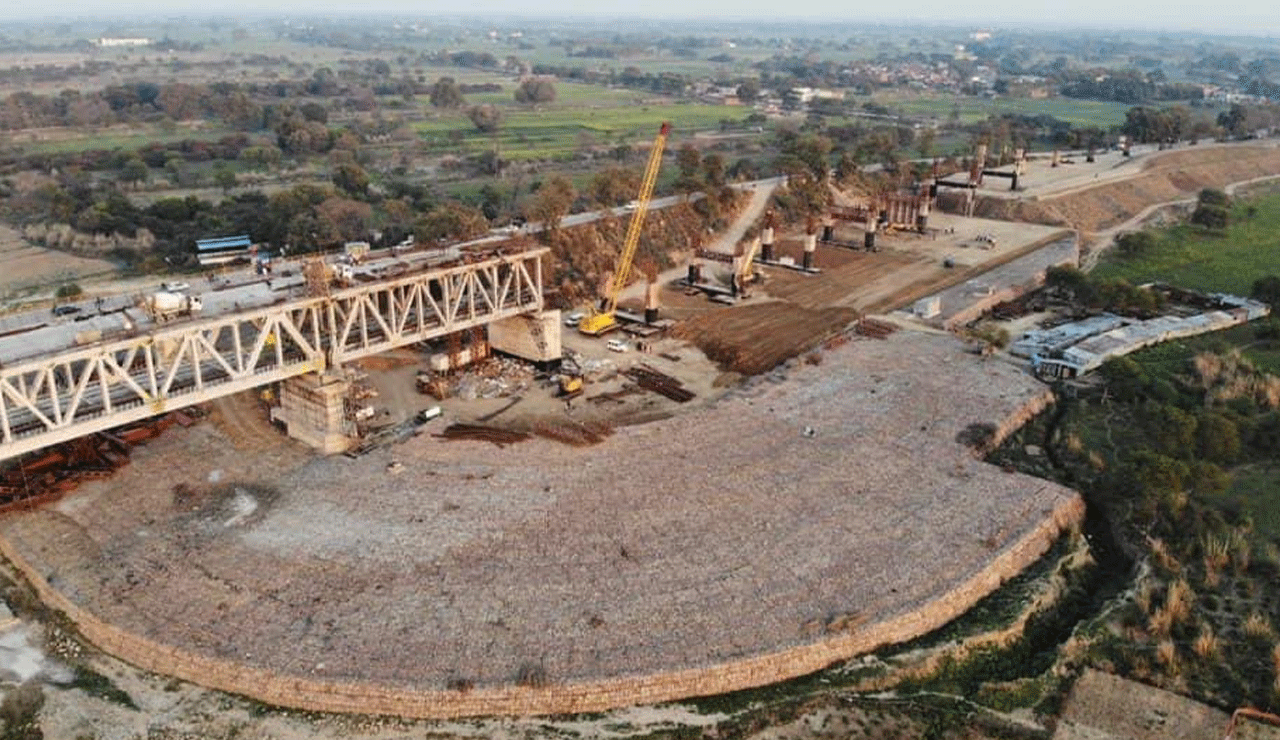UP Govt Draws the Line: Construction Prohibited Near Ganga to Protect Holy Waters
In a landmark move to protect the sanctity and ecology of the Ganga River, the Uttar Pradesh government has decided to ban construction activities within 200 metres of the riverbank.

In a landmark move to protect the sanctity and ecology of the Ganga River, the Uttar Pradesh government has decided to ban construction activities within 200 metres of the riverbank. This development marks a significant step in the state’s efforts to prevent pollution and regulate urban expansion near one of India’s holiest rivers.
The proposed building byelaws, expected to be notified soon, clearly outline the types of permissible construction near the river — a major improvement from the previous legal grey area in many Ganga towns.
Permissible Construction: Religious Structures Under Strict Guidelines
Also Read: OPPO K12s with 7000mAh Battery and 80W Fast Charging to Launch on April 22
While new residential or commercial buildings will be restricted within this buffer zone, the byelaws do permit construction of ashrams, monasteries, and temples at major pilgrimage sites, albeit with strict conditions. These include:
- Maximum ground coverage of 35%
- Floor Area Ratio (FAR) capped at 1.5
For instance, on a 5,000 sq ft plot, the maximum built-up area can be up to 7,500 sq ft with a FAR of 1.5.
Renovation Allowed, Pollution Strictly Prohibited
Existing structures will be allowed to undergo repair, renovation, and conservation. However, any construction must not lead to pollution of the Ganga. Property owners are required to submit an undertaking ensuring proper disposal of building material and compliance with wastewater discharge norms.
Other Rivers Under Watch; Green Tribunal Norms Apply
The new draft guidelines also clarify that similar restrictions may be imposed near other rivers in the state, especially in cases where construction activity has been regulated by the National Green Tribunal (NGT) or courts.
FAR Norms Revised for Residential and Industrial Use
As part of a broader vision for urban and industrial development, the UP government is also revising FAR (Floor Area Ratio) and building height norms:
- Residential, group housing, and commercial: FAR between 1.5 and 3
- Industrial zones: FAR up to 4.5, promoting vertical development and efficient land use
This aligns with the 33 sectoral policies launched by the UP government to attract investment and boost industrial growth, offering incentives and exemptions for business owners and entrepreneurs.
A Step Towards Ganga Conservation and Sustainable Development
The UP-government’s decision to ban construction near the Ganga is a welcome move in balancing ecological conservation with urban planning. With clearer guidelines, the state aims to preserve the river’s purity while promoting sustainable development across sectors.
